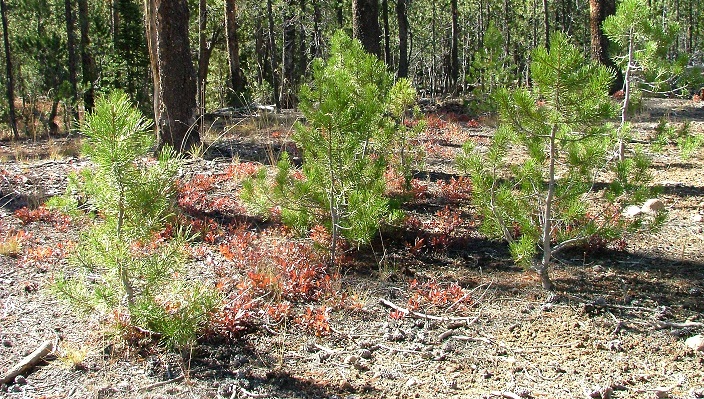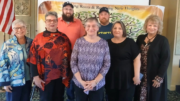“It’s getting late early,” that’s what Yankees great Yogi Berra once said.
The Hall of Fame catcher was talking baseball, not wildlife. But if you’re thinking about offering food and cover for your favorite species, the words still apply.
In short, it’s time to think about planting for the sake of habitat.
Spring doesn’t officially arrive until March 19. But already, many state wildlife and forestry agencies around the country are accepting orders for tree seedlings from their own nurseries.
Maryland’s Department of Natural Resources, for example, raises and sells more than 50 varieties of trees and shrubs at its John S. Ayton state tree nursery. Many of them are native species.
All, though, “benefit the environment as well as enhance natural habitats for birds, squirrels, and other wildlife,” nursery officials said.
And they’re available to everyone, from the large landowner to the backyard wildlife enthusiast.
“Many of our customers are individual landowners who enjoy adding trees to their property for beauty and conservation purposes,” said Maryland state tree nursery manager Richard Garrett said.
There is often some variation in what’s available year to year.
The Pennsylvania Game Commission’s Howard Nursery, for example, provides seedlings for state owned game lands and private properties enrolled in the agency’s public access programs. It ships them to schools, too.
What remains after those obligations are met is offered for sale.
Even then, there’s weather to consider. Some years more or less seedlings of one kind or another might survive.
“Normally it takes three years to grow conifers and sometimes two years to grow hardwood trees from seed,” said Brian Stone, manager at Howard Nursery. “Our surplus of conifers and oaks is up from last year; and next year we hope to have a greater supply of soft fruited species like domestic apple and wild plum.”
But for all that, the programs are popular.
The West Virginia Division of Forestry’s Clements state tree nursery produced as many as 9.1 million seedlings a year back in the late 1960s. That was the peak.
If it doesn’t reach those numbers today – in large part because many state forests no longer need that kind of help – it still churns out about 1.2 million seedlings annually these days to meet demand.
It sells them in bundles of 25, as do most states. And, like most states, it sells them to people regardless of where they live.
Meaning, if the state-run nursery where you live doesn’t have what you want, another across the border might.
So with all those trees and shrubs available, the question is what to plant.
The answer to that depends on your goals.
Trees have human benefits, certainly. The National Tree Benefit Calculator explains what they are, and that can factor into purchasing decisions.
Type in your zip code and the tree species you’re thinking about and it estimates, based on tree size, how much it is or will – using a dollar amount – contribute in annual energy savings, property value, stormwater management and more.
If helping wildlife is a bigger concern, there’s help available there, too.
The Audubon Society, for example, has a “native plants database” section of its website. Enter your zip code and it not only identifies recommended native plants, but also what bird species they attract.
Many state forestry bureaus and wildlife agencies have service foresters on staff available to answer questions, too. In cases, they even help draft management plans for individual properties.
That’s the case on Ohio. Its Division of Forestry, for example, has service foresters available to help “create a long-term woodland plan for wildlife habitat, forest industries, or recreation,” among other things.
But don’t wait.
If you want to plant for wildlife this spring, get started now. After all, it’s not yet the ninth inning. But it’s already getting late.
Bob Frye is the Everybody Adventures editor. Reach him at (412) 216-0193 or bfrye@535mediallc.com. See other stories, blogs, videos and more at EverybodyAdventures.com.






































